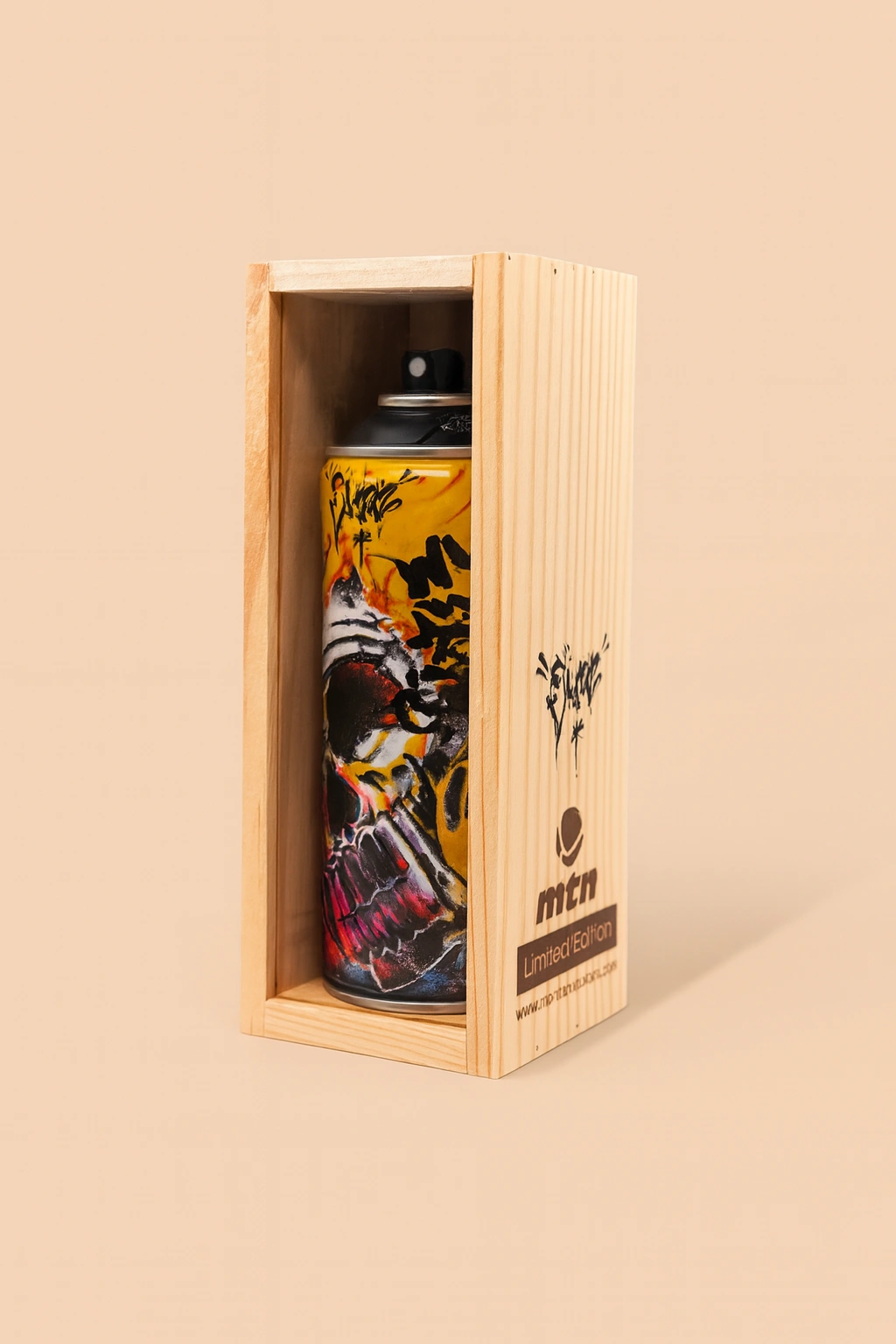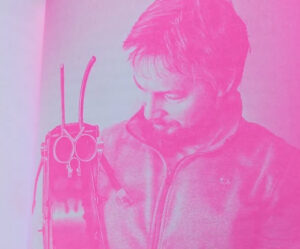In a digital expanse where form, motion, and illusion converge, Ulises Studio presents Curious Conformity—a surreal meditation on repetition, systematized behavior, and the unsettling comfort of uniformity. Through a sequence of looping images and videos, identical white golf carts coast across vibrantly green fields, driverless and perfectly synchronized. Their trajectories trace invisible patterns across a hyperreal lawn, a silent yet potent choreography that blurs the line between aesthetic harmony and philosophical disquiet.
Curious Conformity is not simply about golf carts nor about the field they traverse; it is about systems—their invisible architectures, their persuasive rhythms, and the hypnotic hold they maintain over human perception. It is an ode and an elegy to the quiet machinery of habit.
The Cult of the Familiar: Repetition as Ritual
Repetition, in its most benign forms, comforts. It structures time, grounds experience, and reduces existential uncertainty. In Curious Conformity, Ulises Studio stages a world where repetition reigns supreme—not through the human body but through the mechanized movement of identical machines. These driverless golf carts loop endlessly, tracing the same paths, executing the same turns, following an unseen command.
This looping motion evokes the rituals humans perform daily without conscious thought: the commute to work, the shuffle through grocery store aisles, the fixed smiles during social exchanges. As viewers watch these hypnotic formations, they are subtly invited to see themselves in the circling machines—not as free agents, but as participants in rituals designed long before awareness ever occurred.
In presenting movement divorced from clear purpose—carts move, but towards no discernible goal—Ulises critiques the assumption that motion inherently signifies progress. Sometimes movement, no matter how graceful, simply repeats the past, rehearses the same gestures, retraces the same invisible lines.
Surreal Minimalism and the Digital Imaginary
Ulises Studio has long worked within a realm of surreal minimalism, constructing speculative environments that simultaneously soothe and disturb. In Curious Conformity, this ethos reaches new levels of refinement.
The landscape is hyperreal: greens too saturated, skies eerily unblemished, shadows rendered with forensic precision. The carts themselves are blank slates—pure white, devoid of logos, scratches, or any marks of individuality. By stripping both setting and object to their visual essences, Ulises eliminates distraction, forcing the viewer’s gaze onto the choreography itself.
The surreal aspect lies not in overt strangeness, but in the silent normalcy of the abnormal. Golf carts on a golf course are natural enough; it is their lack of drivers, their endless looping, and their silent procession that alienates. Ulises operates here within the tradition of surrealism that unnerves through the almost-familiar—a world just one inch away from our own.
Moreover, the work’s digital nature intensifies its philosophical stakes. These are not physical carts but rendered simulations. Their ‘obedience’ is not surprising, because in the digital realm, autonomy is a myth. Every curve, every pause, every alignment is preordained by invisible code. In this way, Ulises suggests that many of our “choices” in the physical world are equally pre-scripted by systems—social, economic, technological—that operate beyond sight.
The Invisible Architectures of Conformity
What makes Curious Conformity so powerful is its invisibility. No tracks mar the field. No driver steers. No external commands bark orders. Yet, the carts move in perfect coordination. The audience never sees the architecture organizing them—it is implied, hinted at, but ultimately absent from direct view.
This absence mirrors the mechanisms of conformity in real life. Societal expectations, cultural rituals, and even personal habits guide behavior without always making themselves visible. Most systems of control are effective precisely because they do not look like control at all; they appear natural, self-evident, unquestioned.
Ulises, in crafting a visual allegory of invisible systems, asks the viewer: Who or what organizes your movements? Are you steering the cart, or is the cart steering you? The work refuses easy answers. Instead, it leaves the viewer suspended in uneasy recognition.
Harmony as Seduction
Aesthetically, Curious Conformity is beautiful. There is a hypnotic pleasure in watching the carts wheel gracefully through their paces, like dancers in a silent ballet. The compositions are soothing; the timing is impeccable; the endless looping creates a mesmerizing effect.
Ulises deliberately leverages this aesthetic seduction to deepen the work’s philosophical ambivalence. Viewers are drawn in by beauty even as that beauty depicts a loss of agency. We admire the carts’ seamless coordination even as we realize the price of such harmony: autonomy sacrificed, individuality erased.
Thus, Curious Conformity suggests that beauty itself can be a trap—that the more orderly and pleasing a system appears, the harder it becomes to notice the freedoms it erodes.
Movements Without Meaning
One of the most striking aspects of the work is that the carts have no goal. They do not move toward a clubhouse, a finish line, or even an arbitrary endpoint. They move simply to continue moving.
This purposelessness reframes many contemporary anxieties about modern life. In an era where busyness is valorized and perpetual motion celebrated, Ulises suggests that activity alone does not constitute meaning. Without awareness, without agency, even the most elegant movements become empty gestures.
The field, pristine and endless, offers no markers by which to measure progress. In this void, direction loses meaning. Viewers are left to grapple with the disturbing possibility that much of what they perceive as purpose-driven action may, in truth, be circular—an elaborate procession without destination.
The Echo of Absence: Human Traces in Mechanical Bodies
Though no humans appear within Curious Conformity, their absence is profoundly felt. The carts are designed for human use; their very shapes imply passengers. Their emptiness amplifies the work’s eerie atmosphere, transforming what could have been a lively scene into a spectral parade.
The absent drivers become spectral presences, haunting the machines designed to carry them. In this way, Curious Conformity operates as a memento mori for human agency—a reminder that systems outlive the individuals who participate in them, and that even absent, we remain bound by structures we helped create.
Ulises suggests that autonomy, once ceded, leaves lasting voids—not just in external systems, but within the self.
Critical Echoes and Contemporary Parallels
Ulises’ work resonates with a rich tradition of critical art examining conformity, automation, and alienation. From Yvonne Rainer’s minimalist dance pieces to René Magritte’s surrealist paintings of suited men raining from the sky, Curious Conformity situates itself within a lineage of works that question agency and spectacle.
Yet, it also speaks acutely to the contemporary moment: an age of algorithmic feeds, automated routines, and invisible surveillance. The carts, blank and obedient, echo the invisible algorithms that structure online behavior—suggesting what to buy, who to follow, what to think.
In this context, Curious Conformity serves not merely as a meditation but as a quiet warning: systems designed for convenience often conceal deeper structures of control. And the more seamless their functioning, the less visible their costs.
The Ethics of Stillness
There is a final, subtle irony at the heart of Curious Conformity. Amidst the endless movement, it is stillness that offers the only true act of rebellion.
If one cart were to break formation, stop mid-loop, refuse to move—it would shatter the hypnotic spell. In a world structured by invisible mandates to act, move, perform, the refusal to do so becomes a radical gesture.
Ulises thus frames stillness—not as passivity—but as ethical resistance. In a society entranced by productivity and motion, doing nothing, choosing not to participate, represents an extraordinary assertion of autonomy.
Dancing with the Invisible
In Curious Conformity, Ulises Studio invites viewers into a world at once soothing and unsettling. Through the simple yet profound imagery of driverless golf carts gliding across pristine fields, they stage a meditation on systems, control, repetition, and the silent violence of aesthetic seduction.
The work is a mirror—and a provocation. It asks: Where do you see yourself in this procession? Are you the orchestrator of your movements, or are you merely tracing lines invisible yet binding?
Ulises does not answer these questions. Instead, they leave them looping endlessly—like the golf carts themselves—an eternal ballet between freedom and conformity, awareness and hypnosis.
In the hypnotic stillness of this digital landscape, viewers find both beauty and unease. Curious Conformity is not merely a commentary on our present moment; it is a haunting reminder that even in our most elegant motions, we may be dancing to tunes we do not hear, tracing patterns we do not see, performing rituals whose origins we do not know.
And perhaps, Ulises suggests, the first step toward reclaiming agency is simply to stop—to step out of formation—and to see the invisible lines for what they are: illusions we can choose, at any moment, to break.
No comments yet.









